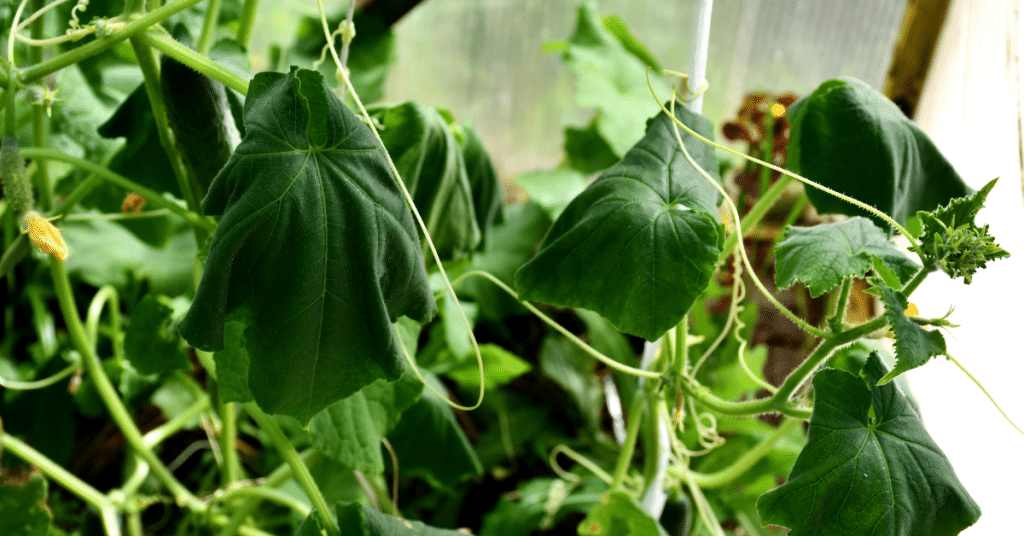20 Most Common Gardening Mistakes to Avoid for a Bountiful Harvest
Nothing compares to the joy of tending your own private oasis and witnessing the wonders of nature firsthand. But not everything in the garden is perfect. There's a fine line between nurturing your plants and learning from your mistakes as a gardener. In our pursuit of a bountiful harvest of edible plants and a thriving garden, we are here to guide you on a journey of discovery, pointing out the 20 common gardening mistakes that can hinder your success. You'll be armed with the knowledge you need to grow a garden full of fresh fruits and veggies by the time you finish reading this article.
But gardening is more than simply a means to an end; it's an opportunity to learn, to get in touch with nature, and to find comfort in the earth's embrace. So, let us rejoice at every step of this journey as we discover the secrets to a flourishing garden and a fulfilling harvest.
Together, let's plant the seeds of knowledge and grow an oasis that other people will envy. In this fun investigation of the twenty gardening mistakes you should avoid for a genuinely rich harvest, you will learn how to revamp your game completely!
Common Gardening Mistakes to Avoid When Growing Your Vegetable Garden
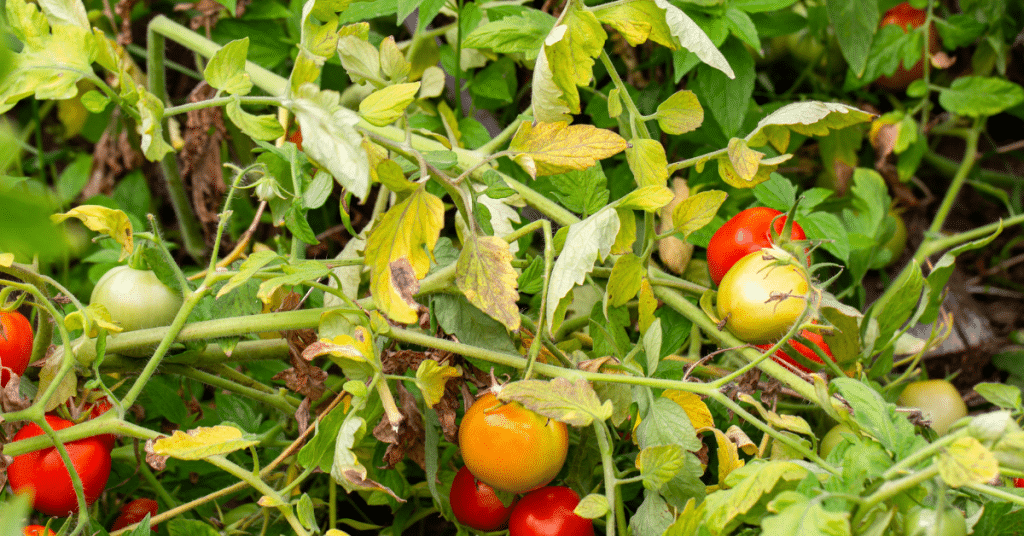
1. Neglecting Garden Soil Health
Healthy soil is the foundation of a flourishing garden. Many gardeners need to check their soil's condition before planting. Ignoring soil health can lead to nutrient deficiencies or poor water drainage, impacting plant growth.
Conduct a soil test to check the soil's pH level and ensure it is rich in organic matter before planting. Add well rotted manure or organic compost with grass clippings to your native soil before start growing vegetables.
2. Building a Big Garden Too Quickly
Building a large garden too rapidly is a typical mistake every gardener should avoid when growing their own food. Making a large garden all at once might overwhelm a high-maintenance load. Financial restrictions and the learning curve might also be difficult. To avoid these problems, start small. Growing the entire garden gradually offers a more fun and successful gardening experience.
3. Not Planning Your Garden Layout
Not planning your garden layout, specially for a bigger garden, is another common gardening mistake that gardeners should avoid. Neglecting to create a well-thought-out design for your garden can lead to various problems and inefficiencies.
Here are some reasons why planning your garden layout is crucial:
Space Utilization:
Without a proper layout, you might not make the best use of the available space in your garden. This can result in crowded or unevenly distributed plants, leading to resource competition and stunted growth.
Aesthetic Appeal:
A haphazardly arranged garden might lack visual harmony and beauty. A well-planned layout can enhance the aesthetics of your garden, making it a more pleasant and inviting space.
Accessibility:
Failing to consider pathways and access points can make navigating and caring for your garden challenging. It can also impede regular maintenance tasks such as weeding, watering, and harvesting.
Watering Efficiency:
A well-designed layout considers water sources and drainage, ensuring water reaches all plants effectively without waste.
Tips for Planning Your Garden Layout
Measure Your Space:
Take accurate measurements of your garden area to understand its dimensions fully.
Research Plant Requirements:
Learn about the plants you wish to grow and their specific needs regarding sunlight, soil type, and spacing.
Sketch Your Layout:
Create a rough sketch or use gardening software to visualize the placement of plants, pathways, and any garden structures you plan to add.
Plan for Growth:
Factor in the potential growth of plants when spacing them to prevent overcrowding as they mature.
Allocate Space for Activities:
Reserve space for seating areas, play zones, or any other garden activities you want to enjoy.
Implement the Plan Gradually:
If your garden is already established, gradually change the layout to avoid disrupting existing plants.
By planning your garden layout carefully, you can create a well-organized, visually appealing, and productive outdoor space that brings joy and success to your gardening endeavors.
4. Forgetting to Amend the Soil
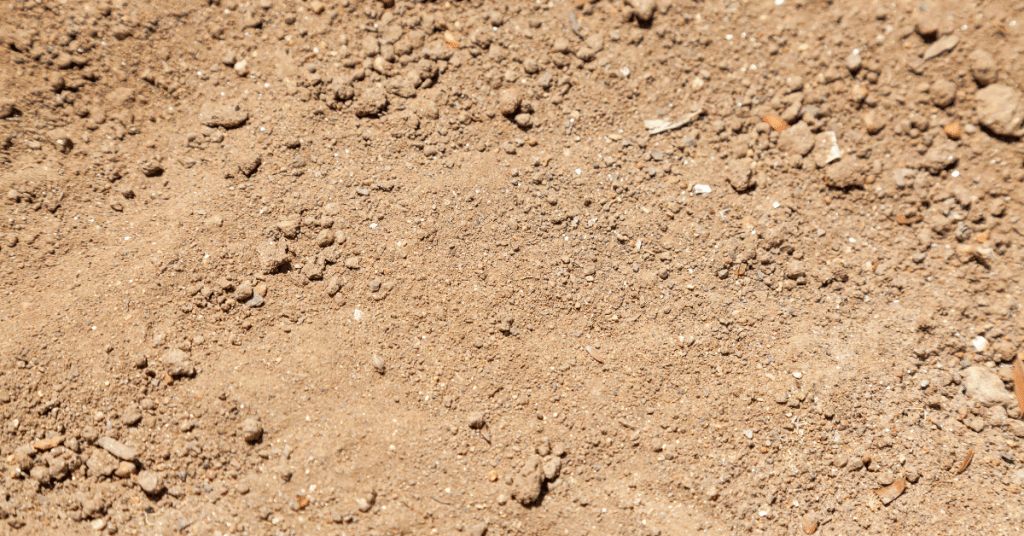
Neglecting soil amendments can harm a garden's health and yield. Plant growth depends on soil enrichment. Neglecting soil amendments causes nutrient deficits, poor drainage, compaction, pH imbalances and limits microbial activity.
Gardeners should evaluate their native soil, add organic matter, correct pH, and replenish soil regularly to avoid this error. By amending your garden soil, you will guarantee your plant health and produce healthy, abundant produce or gorgeous flowers. Use Natures Perfect Organic Soil Enhancer and get all the benefits of a natural and organic product in one easy step.
5. Planting at the Wrong Time
Growing the right plants in the wrong season can lead to improper plant growth or even death due to unfavorable weather conditions. Learn the best times to plant your vegetable seeds to ensure they thrive. You must grow plants in their appropriate season for a healthy, productive vegetable garden. For example grow tomato plants in early spring. You may start your seedling indoors during the last frost date and transplant them when the weather start to get warm.
Knowing your location's average last frost date is essential. You can calculate backward to find the last reasonable date to plant a given variety based on its maturation time. Late-sown seeds or transplants may freeze before they produce fruit unless you plan to cover them with floating covers or other frost protection.
6. Improper Watering
Plants can be killed by either too much or too little water. Root rot is caused by overwatering, while dehydration is caused by underwatering. It's important to remember that different plants have different watering requirements and to tailor your watering schedule accordingly.
You may install a drip irrigation system or soaker hose if you have a wide veggie garden or use a watering can for precise watering of your raised bed, container garden and vertical raised garden beds.
7. Not Labeling Seeds and Seedlings
Gardening mistakes like not identifying seeds and seedlings can cause confusion and irritation. If you produce numerous varieties or unfamiliar plants, it's hard to recognize them if you don't name your seeds or seedlings.
Labeling your seedlings before sowing seeds will make gardening more orderly and fun. It also prevents you from tending the wrong plants, especially if you have a big vegetable garden. Identifying plants lets you care for them properly and rotate crops. Several plant tags are available in the market that you can buy at a reasonable price.
8. Planting Too Close Together and Planting Too Deep
Planting too close and too deep can harm your plants; thus, proper spacing is essential, giving plants enough space to grow. Both factors might hamper root development and resource competition. Overcrowded plants compete for sunshine, water, nutrients, and poor air circulation. Overcrowding plants can slow growth, reduce airflow, increase pest and disease risk, and become a maintenance nuisance. Follow the recommendations in the seed packets. Dense plantings produce an environment that may promote fungal diseases.
Deeply planting seeds or seedlings can inhibit their growth and rooting. Germination requires light, warmth, and moisture. Planting too deep can block these essential components and reduce germination rates.
Knowing how many plants to plant and the ideal depth will help plants grow, reduce competition, and thrive. To prevent these common mistakes and have a successful garden, follow proper plant spacing, use appropriate containers, and handle seedlings carefully.
9. Ignoring Sunlight Requirements
Each plant has its light requirements. Not all plants benefit from being in the sun all day long. Ignoring these needs can lead to weak or stunted growth. Understand the light conditions of your plants and position them in the garden accordingly. By paying attention to the sunlight requirements of your plants and providing them with the right amount of light, you can create a thriving and productive vegetable garden.
10. Not Pruning Regularly
Pruning promotes health as your plants grow. Neglecting to prune is a gardening mistake, making overgrown plants more susceptible to disease and pests. Remove any unhealthy or diseased branches regularly to promote healthier, fuller growth.
Pruning a plant's branches stems, or leaves is important in gardening. It encourages healthy development, improves the shape making your plants beautiful, and prevents problems. Pruning helps plants and makes your garden look better.
11. Overuse of Fertilizer When Growing Plants
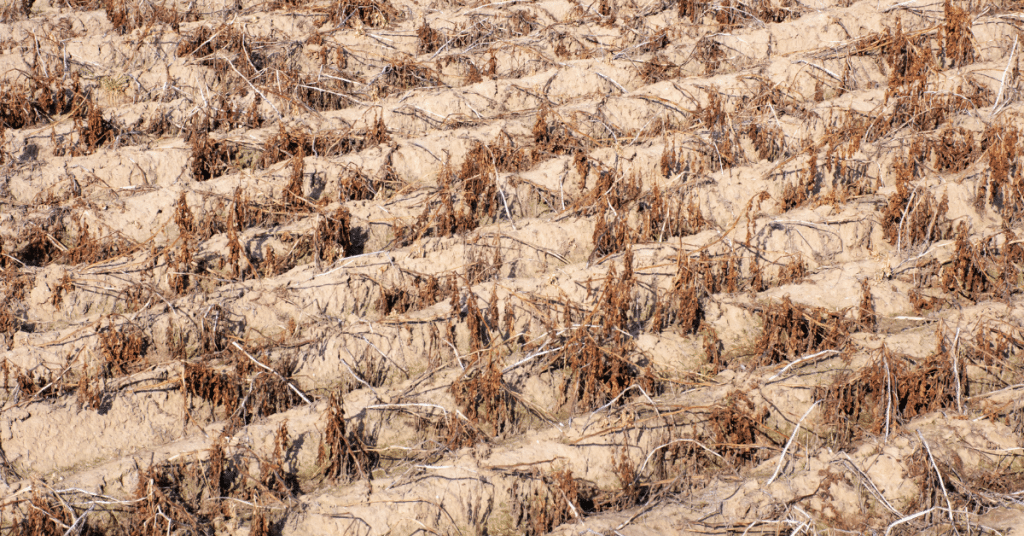
While fertilizer is essential for plant growth, too much can burn the plant roots and hinder growth. Overuse of fertilizers can harm plants and the environment. Use the proper amount of fertilizer for your plants. Follow the instructions on the package, remembering that less is more.
By applying fertilizers wisely and understanding your plants' needs, you can offer the proper nutrients for healthy development without harming the environment or wasting resources. Healthy, prolific plants produce fruits and a flourishing garden results from a balanced food regimen.
12. Ignoring Pest Problems
Pests can quickly ruin your plants. Monitoring your garden regularly for signs of problems with insect pests and dealing with any infestations as soon as possible is essential. Using natural treatments like introducing beneficial insects and homemade pesticides. Please refrain from using chemical pesticides as it may damage your garden in the long run.
13. Overlooking Companion Planting
When grown together, certain plants can benefit each other by repelling pests and improving soil nutrition. Research companion plants for your garden to optimize growth.
Certain plants do not grow well together due to varying needs or because they attract the same pests. Maintaining plant compatibility can lead to more vigorous plants and increased pest issues.
14. Neglecting to Rotate Crops
Crop rotation is a practice that helps maintain soil fertility and soil nutrients depletion of the existing soil and prevents disease build-up. Rotate your crops every season for the best results. Each season, you should grow different plant families in different parts of your garden.
Create a plan to divide your garden into sections or beds and rotate crops per plant family. To maintain a healthy garden ecosystem, avoid planting the same crops yearly. Crop rotation promotes stronger plants, richer soil, and a more resilient garden year after year.
15. Neglecting Weeding
Neglecting garden weeding is one gardening mistakes that can cause several problems and stunt plant growth. Allowing weeds to grow unchecked can result in them competing with your plants for resources. Weeds can attract pests and illnesses, harming your vegetation.
Regular weeding helps your plants thrive and yield a good harvest. Weeding regularly will keep your garden healthy and allow your plants to grow to their maximum potential.
16. Planting Non-native Species
Non-native plants can struggle to adapt to your local climate and may require extra care. Whenever possible, opt for native species adapted to your local climate and soil conditions.
Exotic plants may be beautiful, but they can outcompete native species for resources and disrupt the environment's delicate balance. Plant native species that thrive in the local climate to maintain the environment and support local fauna. Native plants enhance local biodiversity and preserve your region's natural heritage, making your garden more sustainable and harmonious.
14. Ignoring the Importance of Mulching
Organic mulch helps conserve moisture, improves soil quality, and keeps weeds at bay. Ignoring this crucial step can lead to drier, sandy soil, and rampant weed seed growth. Not mulching your garden can harm plant health and output.
Mulching retains moisture, suppresses weeds, and boosts soil fertility. Mulch keeps soil moist, minimizing plant water stress in hot weather. Even in droughts, your crops will flourish and produce well. Mulch also prevents soil-borne illnesses from splashing onto foliage and fruits during rain or irrigation. The mulch can help keep the soil clean, making it easier to harvest crops without muck or debris. Mulching creates a robust and productive vegetable garden and increases harvests.
15. Disregarding Plant Hardiness Zones
Plant hardiness zones give you an idea of which plants will thrive in your area. Planting outside your hardiness zone can lead to poor growth or even plant death due to inappropriate climate conditions.
Gardening mistakes like ignoring hardiness zones can fail and wasted effort and resources. Hardiness zones provide climate data, including the average lowest winter temperatures. Choosing plants beyond your hardiness zone might cause frost damage, winter kill, or failure to flourish.
To ensure your plants grow, survive and succeed, grow plants well-adapted to your zone's temperature range. Before introducing new plants to your garden, examine their suggested hardiness zone and choose kinds that suit your climate. You can construct a garden better suited to your environment by considering plant hardiness zones.
16. Failing to Harden Off Seedlings
Hardening off seedlings or gradually acclimating them to outdoor conditions is a step many gardeners overlook. This can lead to transplant shock, stunting growth, or even killing the plants.
Before planting, indoor-grown seedlings need to be hardened off. Indoor seedlings adjust to stable temperatures and controlled conditions. They can wilt or perish if suddenly exposed to bright sunshine, wind, and temperature variations.
Start hardening off a week before transplanting to avoid this. Place the seedlings outdoors in a shaded place for a few hours a day, gradually increasing their exposure. This slow shift toughens the plants, providing a good growing season.
17. Planting Diseased or Pest-Infected Plants
Diseased or pest-infected plants can ruin your garden. Sick or diseased plants can quickly spread diseases and pests, threatening your existing plants and perhaps destroying your garden. Before adding new plants to your garden, check for illnesses and pests.
Sanitizing tools and removing diseased plants can also prevent diseases from spreading. Avoiding unhealthy or pest-infested plants will protect your garden and promote a healthy habitat for all your plants.
18. Adding Too Much Nitrogen
Plants require nitrogen to produce chlorophyll, but excessive nitrogen addition can cause plants to grow leafy and leggy. All that extra foliage wears on the roots, causing them to grow and spread at a slower rate. As a result, the plants will bear little or no fruit and will be subject to disease.
19. Not Cleaning and Maintaining Garden Tools
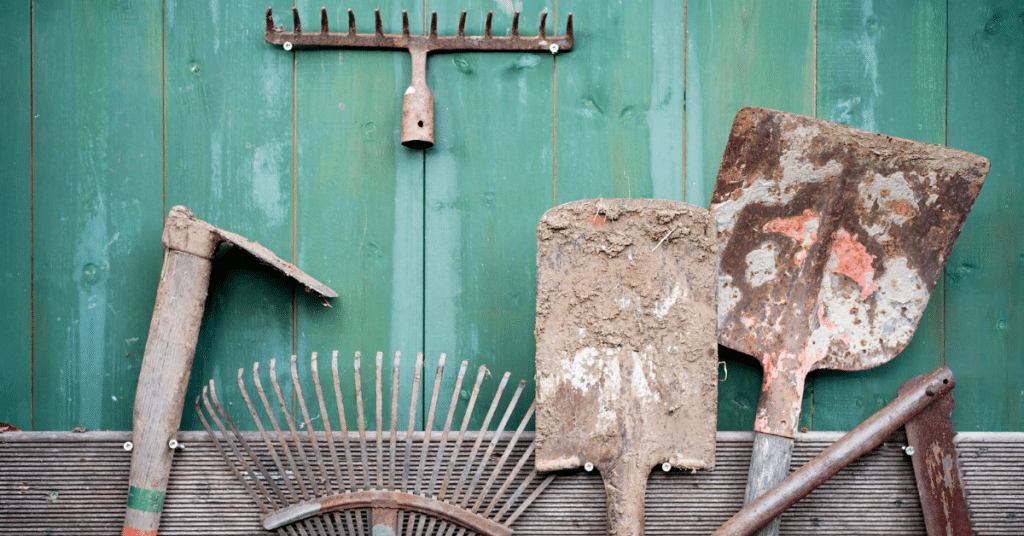
Dirty gardening tools can harbor disease pathogens, pest eggs and take your gardening longer with dull and rusty tools. Clean your equipment to avoid spreading diseases or pests throughout your garden.
Gardening tools can be damaged by neglecting cleaning and maintenance. Maintaining gardening tools is key for efficient and enjoyable gardening. Cleaning instruments after usage is essential.
To get clean cuts, check and sharpen pruners and shears. Lubricate moving parts to avoid rust. To prevent weather damage, store tools indoors. Cleaning and maintaining your gardening tools increases longevity and effectiveness, making gardening easier and more fun.
20. Neglecting Seasonal Maintenance
Every growing season also has its tasks necessary for maintaining a healthy garden. This is one common mistake that novice gardeners might overlook. Neglecting the task can lead to a decline in garden health and productivity.
Bunos tip: Not adding garden decor to your garden. Decor enhances your garden's appearance and functionality. It makes the atmosphere peaceful and enjoyable. Colorful planters, beautiful sculptures, and fashionable furnishings may make your yard a quiet retreat. Functional designs like solar bird feeders attract wildlife, and the enchanted watering can with lights transforms your outdoor area into a captivating wonderland. The appropriate garden decor can turn your yard into a peaceful retreat.
Conclusion:
Gardening is a rewarding hobby that allows us to connect with nature and care for the land. However, like with any endeavor, we can face failure and mistakes. Now that you know the 20 most common gardening mistakes, you can create a beautiful and fruitful garden. Every gardening season is a new adventure in which you can hone your craft and expand your knowledge of the natural world.
Enjoy the adventure of discovery, and don't be shy about consulting experienced gardeners and reputable sources for gardening tips. Let your enthusiasm lead the way, and create a garden that showcases your appreciation for the beauty of nature. Learn to be patient because gardening teaches us to appreciate the wonder of gradual change.
If you put in the time and effort to cultivate a garden, you'll be rewarded with a harvest that satisfies your hunger and soul. Happy Gardening!

